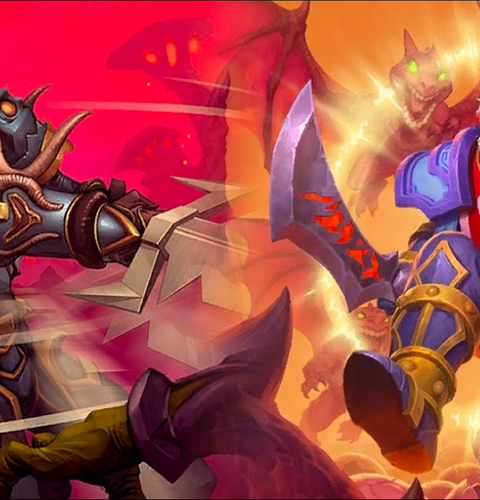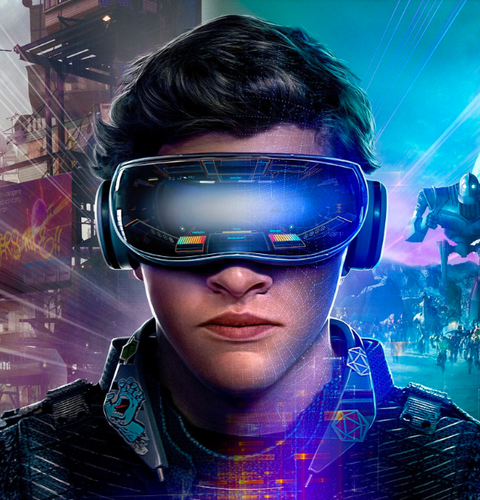As we delve deeper into the 21st century, the landscape of video game narratives and design continues to evolve in remarkable ways. The days when video games were simple pastimes with basic plots and gameplay mechanics are long gone. Today, the narrative depth, player agency, emergent storytelling, innovative design methodologies, and the growth of serious games are transforming the industry. Let's take a closer look at these exciting trends.
Evolving Narratives in Games
Traditionally, storytelling in video games often mirrored conventional linear narratives found in films or books. However, as the medium matured, so did its storytelling techniques. Developers are now crafting intricate narratives with complex characters, emotionally resonant themes, and deeply immersive worlds.
Moreover, there's an increasing trend of non-linear narratives where the storyline changes based on player choices. Games like "Detroit: Become Human" and "The Witcher 3: Wild Hunt" provide multiple branching paths, leading to different endings based on player decisions. This narrative structure not only enhances replayability but also strengthens player engagement by making their choices matter.
Player Choice and Emergent Narratives
Emergent narratives are a relatively new phenomenon in gaming that takes player choice to the next level. Rather than relying solely on pre-scripted events, emergent narratives are largely driven by gameplay systems interacting with player actions. Games like "Minecraft" or "The Sims" allow for unique stories to unfold organically based on the player's decisions and interactions within the game world. This trend elevates video games as a medium where stories are not just told but experienced in a personalized manner.
New Methodologies in Game Design
Developers are continually innovating their design practices to create better, more engaging experiences. For instance, 'procedural generation' techniques are being used to create vast, unique environments for games like "No Man's Sky". Additionally, 'iterative design' - a process of continually testing and refining game elements based on player feedback - is gaining traction, ensuring that the final product aligns closely with player expectations.
The Growth of Serious Games
Serious games designed for purposes beyond pure entertainment are on the rise. These games leverage the interactive nature of the medium to engage users in various activities, including education, training, healthcare, and social awareness. Games like "Foldit" have been used for protein folding research, while "Never Alone" shares and preserves native Alaskan culture. As serious games continue to prove their efficacy, we can expect to see their application in diverse fields grow.
The Future is Interactive
The convergence of these trends is reshaping the future of game design and narrative. As developers continue to push the boundaries of interactive storytelling, players can expect increasingly rich, personalized gaming experiences. Meanwhile, the rise of serious games is set to broaden the impact of the industry beyond entertainment.
It is indeed a thrilling time to be part of this dynamic industry. As we look forward to the future, one thing is clear: video games have the potential not just to tell stories, but to change the way we think about storytelling itself.










